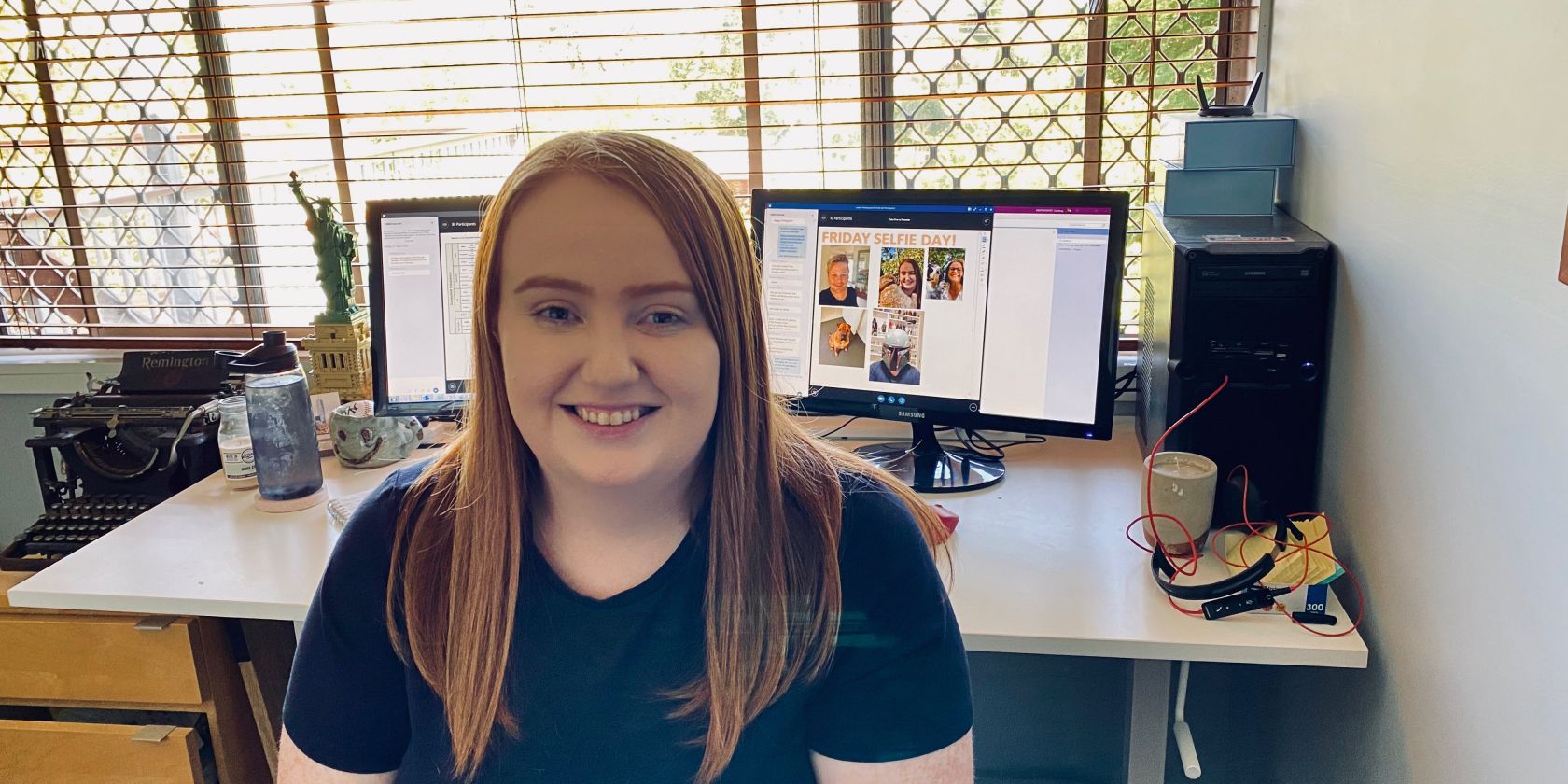Working from home as a leader: Courtney Protopopoff shares how
Courtney Protopopoff manages a team of 12 team leaders and around 130 contact centre specialists who take insurance sales and service calls.
Share

Courtney said her team has had an easier transition than most, as her contact centre specialists already work from home full time; however, it’s new for her and her team leaders who now need to lead from home.
It is, perhaps, one of the more difficult roles to perform remotely, especially with teams in need of leadership now more than ever.
“At the moment, my team members are taking a lot of calls from customers who are in really difficult situations and are looking for solutions to keep themselves going,” Courtney said, “so it is mentally tough on them.
“They’re going ok though – there has been a lot of team pride in Suncorp’s response to the crisis.”
Courtney shares some of the strategies that have helped her as a leader.
Adapt your meeting rhythm
Courtney said she usually runs a weekly two-hour planning meeting with her team leaders on the day they’re all in the office.
However, working from home makes a two-hour meeting impractical and difficult to stay engaged for, and increases the need to connect more frequently. So she’s replaced her meeting rhythm with three shorter meetings – a shorter planning session on Monday, a check-in on Wednesdays, and a close-out on Fridays.
“Look at the routines you already have in place; keep what works and adapt what doesn’t,” she advised.
Check your people are ok
Courtney said we all need to be more intentional with our contact because you’re not just running into people in the hall.
And one-on-one conversations are just as important as meeting as a team.
“Every day I Skype with or phone each of my direct reports individually, and not just to ask about work things but to chat about their families and how they’re going with the transition,” she said.
“My team leaders have also set a goal to call two other leaders in the team every day. My team is at its best when we’re working together and all sharing best practice.”
Stay social
Working from home means many people miss the hallway conversations and personal banter that happens in the office.
Courtney said it’s important to create solutions for people to have those personal conversations. Her team uses a digital whiteboard tool to stay connected, and they are now creating daily themes like asking people to share a favourite recipe, or share a photo of your pet, to keep the banter going.
“It’s also important to continue creating social activities for your team – last week our team had a virtual trivia night, which got a lot of laughs.
“It’s important to prioritise health and wellbeing, as well as getting through the work.”
Continue recruitment and training virtually
Courtney said with a new cohort just joining the team, they had to quickly pivot and adapt seven weeks of training to training that could be completed at home. The team is also continuing recruitment interviews virtually.
“Right at the start, we had to decide what things are really important and that we have to continue, and how do we make it fit-for-purpose,” she said.



